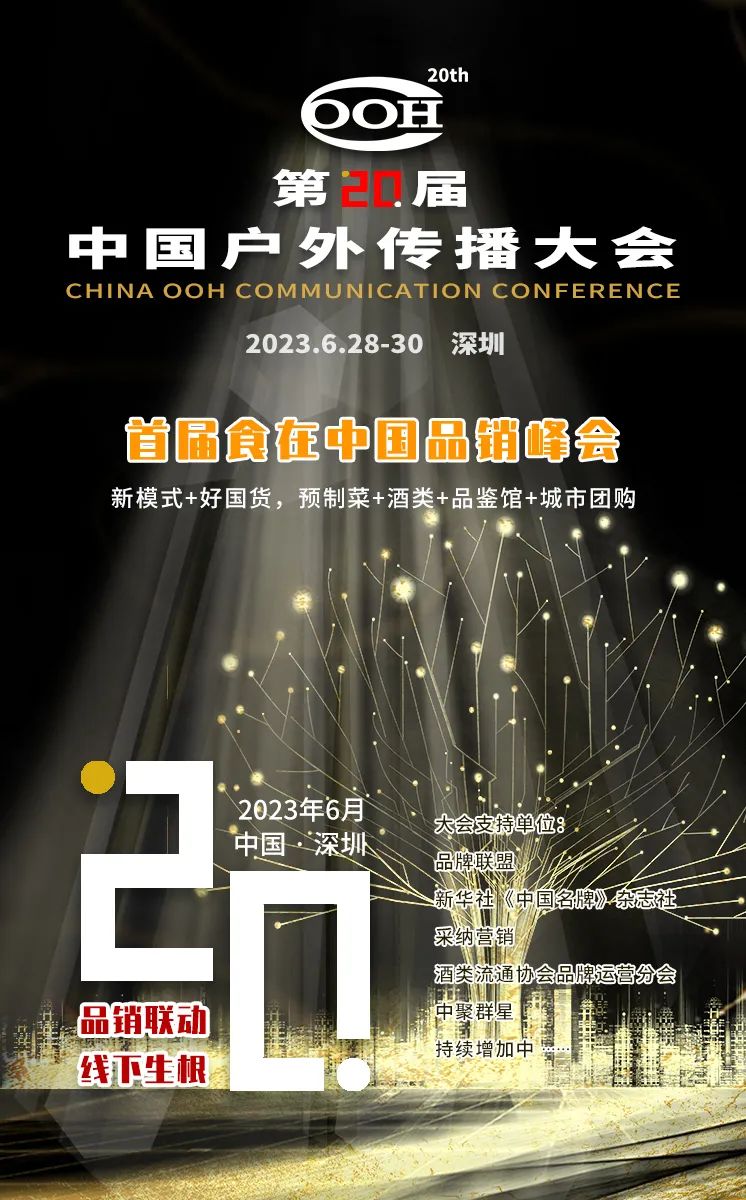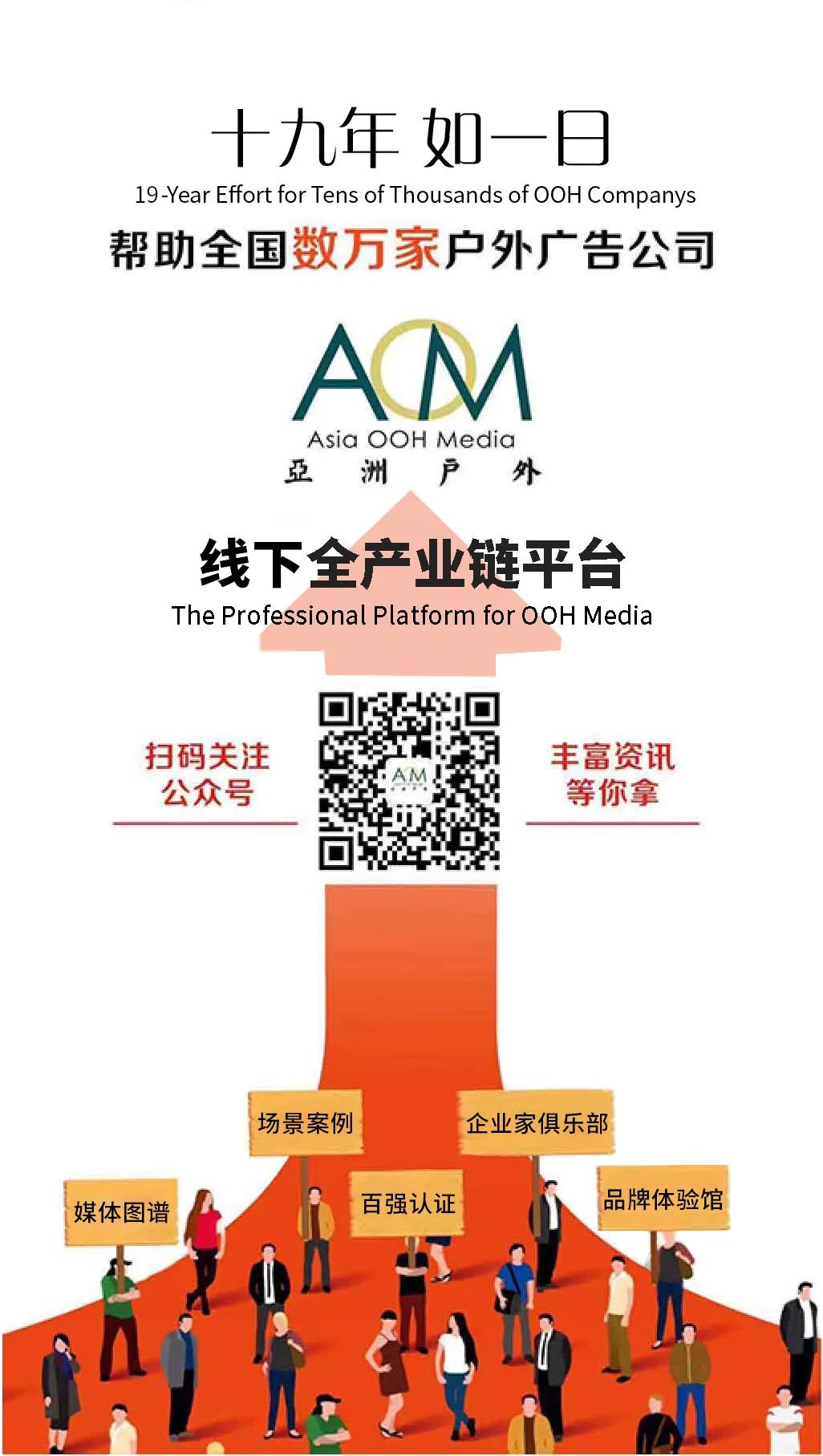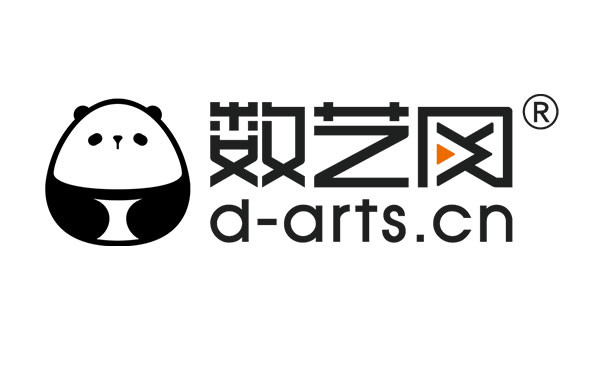- 0
- 0
- 0
分享
- 食品饮料投户外能“全盘操控”?五步法利于评估!
-
原创 2023-04-14

消费者——尤其是年轻一代——“渴望”新的、令人兴奋的餐饮体验。这对食品品牌意味着什么?
当越来越多的人离开家,到当地的餐馆聚餐,是时候来策划一场户外营销活动,作为食品与饮料整体营销策略的一部分了。
继续往下看,了解更多户外广告的优势,以及如何全力策划一个迎合当前行业趋势的食品品牌营销活动。
户外广告的优势
美国户外广告协会将户外广告定义为“广告牌、数字显示屏、公共交通、街道家具、电影院和基于场所的媒体的动态组合。”消费者一天中70%的时间都不在家,这为观看户外混合媒体创造了完美的条件。户外广告市场将继续增长: 这是制定媒体战略时需要考虑的一个关键事实。
除了更广泛的受众触达,以及有机会增加曝光频率和参与度外,户外广告还为企业提供了“操控场景”的能力,就像吸引眼球的广告牌一样。这样的户外营销方式使企业能够在消费者在途时动态地触达到他们。
如何策划食品饮料的户外营销活动
如同任何营销策略一样,户外媒体也不例外,企业应该首先设法去了解其特定行业的当前趋势。
当前食品行业的趋势是包罗万象的,而今,它们涵盖了整个领域。如今的消费者正在追寻形形色色的食品和饮料趋势,包括国际美食、植物基替代品、正念饮酒计划、弹性素食餐饮、健康饮食嗜好、本地产品、谷物类产品创新、增强免疫力的食品,以及有助于降低对环境影响的选择。食品和饮料企业应该让他们的产品或服务符合消费者所追随的趋势,以保持竞争力。
一旦遵循了趋势,企业就可以策划他们的食品和饮料广告,包括户外广告。根据Think Marketing杂志,以下是策划、执行和评估一次成功的户外营销活动的关键步骤。
第一步:设定目标及预算
虽然提高品牌知名度和受众触达是大多数广告活动所努力达成的首要目标,但这些都不是终极目标——广告的目的就是吸引消费者开始一段旅程,并最终实现购买。广告应该是具体的、激发购买欲的、有吸引力的,这意味着企业必须确定自身户外媒体营销活动的主要目标。他们想让自己的受众在看到广告后思考、感受并做什么呢? 例如,如果一家企业的新国际美食网站终于上线了,那么其户外策略应该专注于为该网站带来流量。
第二步:观察竞争对手
企业应该留意其它食品和饮料公司的户外营销活动,比如广告牌设计或文字特征。他们在使用什么样的有竞争力的信息传播方式? 如何让你的业务脱颖而出,并在干扰中过关斩将?这样的问题将会推动你对竞争对手的观察。此外,企业应该注意到在相应的营销宣传活动中关键内容的不足以创造竞争优势。
第三步:了解你的目标受众
如果一个食品和饮料企业想要在行业中保持竞争力,其品牌领导者应该持续留心去了解其不断变化的目标受众。例如,在发现其社交媒体上的许多粉丝已经转向了植物基饮食后,当地一家啤酒企业可以通过投放公共交通媒体广告来展示他们新的植物基菜单,以满足其粉丝需求。通过使用从社交媒体等来源收集的信息,企业可以为他们的户外广告设计独特的主题。
第四步:有目的地选择媒体和点位
在确定户外营销活动的创意与宣传时,企业应该选择能对其品牌信息带来最佳传播的户外媒体,并与特定受众所在点位保持一致。例如,如果一家当地的餐厅想要宣传其新的增强免疫力的奶昔系列,它可能会选择在一条既靠近餐厅又接近餐厅目标客户的道路上投放一块醒目的广告牌。
第五步:评估效果
企业必须跟踪分析并回顾营销活动结束后的报告,因为它们对确定户外营销活动的效果至关重要。例如,RaceTrac的加油站及连锁便利店采用了广告牌媒体来进行户外营销,其归因研究报告显示,入店到访量增加了244%。如果没有这些数据,RaceTrac将永远不会了解户外营销的成功之处。
通过将食品和饮料行业趋势纳入详细的户外营销计划,如今的食品和饮料品牌可以通过独特的信息来触达更多的受众,从而产生更显著的投资回报率。这一切所需要的是远见卓识。

Consumers—especially younger generations—are “hungry” for new and exciting meal-based experiences. What does this mean for food brands?
As more people leave their homes to gather and share meals at their local restaurants, it’s time to plan an OOH campaign as part of your overall food and beverage marketing strategy.
Read on to learn more about the benefits of OOH advertising and how to best plan a food brand campaign that embraces current industry trends.
The Benefits of OOH Advertising
The Out of Home Advertising Association of America defines OOH advertising as a “dynamic mix of billboards, digital displays, transit, street furniture, cinema, and place-based media.” Consumers spend 70% of their time away from their homes during the day, creating the perfect condition for viewing this OOH medley of media. The OOH market is forecast to grow: a crucial fact to consider as you formulate a media strategy.
In addition to a broader audience reach and the opportunity to increase the frequency of exposure and engagement, OOH advertising also offers businesses the ability to “disrupt the scene,” as with eye-catching billboards that demand attention. Such OOH approaches enable businesses to dynamically reach their consumers while they are on the go.
How to Plan a Food and
Beverage OOH Campaign
As it is with any marketing strategy, including OOH, businesses should first seek to understand the current trends in their specific industry.
Current food industry trends are as vast as they are varied—and this year, they run the gamut. Consumers today are pursuing all kinds of food and beverage trends which include international cuisines, plant-based substitutes, mindful drinking plans, flexitarian diets, healthful indulgences, local products, grain innovations, immunity-boosting foods, and choices that help lower their environmental impact. Food and drink businesses should align their products or services with the trends their consumers are following to stay competitive.
Once aligned, businesses can plan their food and beverage advertising to include OOH. According to Think Marketing Magazine, here are the critical steps to planning, executing, and evaluating a successful OOH campaign.
Step 1: Set Goals and a Budget
While increased brand awareness and audience reach are the initial goals of most advertising endeavors, these are not the end goals—advertising is all about getting consumers to embark on a journey and ultimately make a purchase. Advertising should be specific, motivating, and enticing, which means businesses must determine their primary goals for their OOH media campaign. What is it they want their audience to think, feel, and do after seeing their ad? For example, if a business’s new international cuisine website is finally live, then its OOH strategy should focus on driving traffic to that website.
Step 2: Observe the Competition
Businesses should be on the lookout for the OOH campaigns of other food and beverage companies, like billboard designs or text features. What competitive messaging are they using? How can your business stand out and cut through the noise? This question should drive your observations. Additionally, businesses should note the absence of critical content to create a competitive advantage in their respective campaigns.
Step 3: Understand Your Target Audience
If a food and drink business wants to remain competitive in the industry, its brand leaders should continuously look to understand its ever-evolving target audience. For example, after discovering that many of its social media followers have switched to a plant-based diet, a local brewery can pivot to meet its followers by developing transit advertisements showcasing a new plant-based menu. By using information gleaned from sources like social media, businesses can develop unique themes for their OOH advertising.
Step 4: Choose Media and Locations Purposefully
While determining the creative spin of the OOH campaign, businesses should choose OOH media that best serve their brand message and that align well with audience-specific locations. For instance, if a local restaurant wants to advertise its new immunity-boosting smoothie line, it might choose to use a vibrant billboard on a road that is both close to the restaurant and to the demographic the restaurant serves.
Step 5: Evaluate the Success
Businesses must track analytics and review post-campaign reports as they are vital to determining the impact of an OOH campaign. For instance, the gas station and convenience store chain of RaceTrac adopted a billboard media OOH campaign, and its attribution study reported a 244% increase in-store visitations. Without such data, RaceTrac would never know the success of its OOH campaign.
By incorporating food and beverage industry trends into a detailed OOH plan, today’s food and beverage brands can reach more audiences with unique messaging, yielding a more significant ROI. All it takes is vision.





-
阅读原文
* 文章为作者独立观点,不代表数艺网立场转载须知
- 本文内容由数艺网收录采集自微信公众号AOM亚洲户外 ,并经数艺网进行了排版优化。转载此文章请在文章开头和结尾标注“作者”、“来源:数艺网” 并附上本页链接: 如您不希望被数艺网所收录,感觉到侵犯到了您的权益,请及时告知数艺网,我们表示诚挚的歉意,并及时处理或删除。













